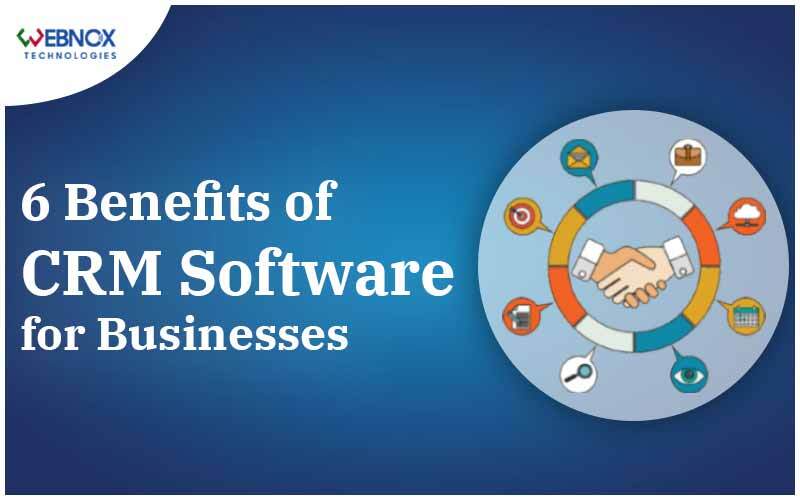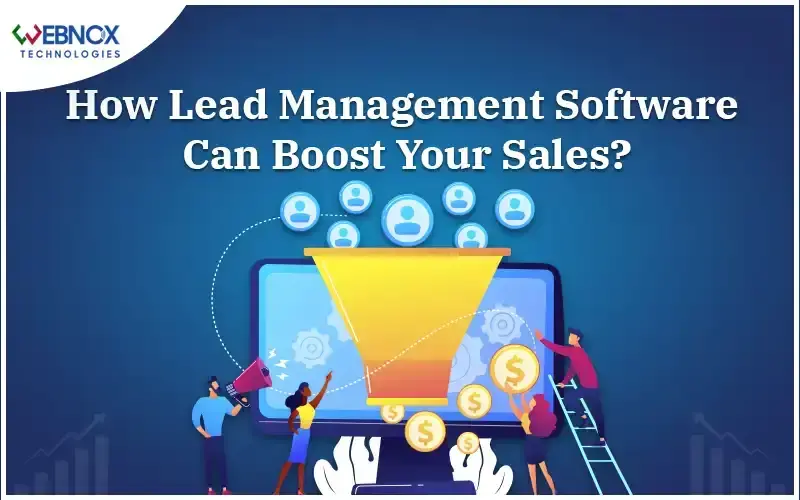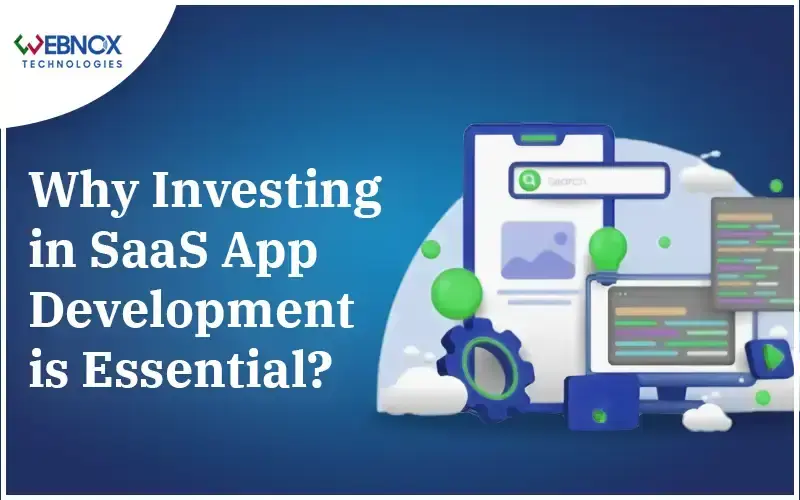A Step-by-Step Guide to Choosing the Best ERP Software Solution
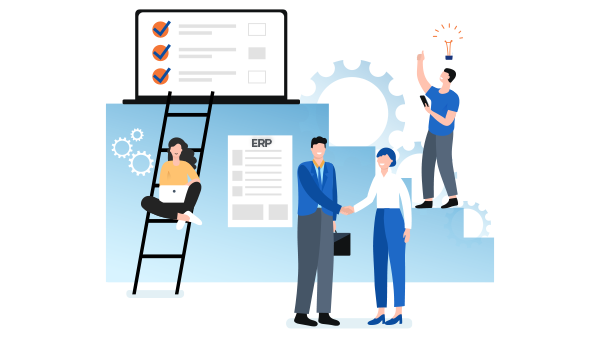
Rajkumar // 2-11-2023
A Step-by-Step Guide to Choosing the Best ERP Software Solution
In the ever-changing landscape of business management, ERP software solutions have become crucial tools for organizations. Whether you’re a small organization aiming to boost efficiency or a large corporation optimizing complex processes, selecting the right ERP software is essential. This guide will lead you through the step-by-step process of choosing the ideal ERP system and exploring some top ERP software options that align with your unique enterprise needs.
What is ERP?
ERP stands for Enterprise Resource Planning, is a unified application that assists enterprises in managing their core business activities efficiently. This software helps industries in their day-to-day functions by gathering real-time data from various departments including finance, human resources, supply chain, and manufacturing on a single platform, which helps to manage the flow of data across various departments within a firm.
When do you need to consider an ERP Software System?
ERP systems serve companies of all sizes, from modest start-ups to massive corporations. They are especially beneficial for organizations looking to:
Improve operational efficiency:
ERP systems empower enterprises to streamline their operations, reduce manual tasks, and enhance overall productivity.
Enhance data accuracy:
ERP system helps enterprises to centralize data, minimizing errors and ensuring that decisions rely on reliable, current information.
Streamline business processes:
ERP integrates various departments, resulting in smoother workflows, reduced redundancies, and improved collaboration.
Facilitate informed decision-making:
Access to real-time data and insightful analytics helps firms making data-driven decisions that can lead to improved performance.
Achieve better inventory management:
ERP systems enable precise tracking and control of inventory levels, preventing overstocking or understocking issues.
Optimize financial management:
ERP streamlines financial processes, automating tasks like accounting and payroll, leading to improved financial management and reporting.
How an ERP can help in your various business process
Project management:
ERP systems often include project management features for planning, tracking, and managing projects.
Sales and customer relationship management:
ERP system helps to track sales leads, manage customer relationships, and provide sales and order processing tools.
Financial management:
ERP systems include modules for accounting, budgeting, financial reporting, and financial analysis, helping companies manage their finances efficiently.
Human resources management:
ERP system offers HR modules for managing employee information, payroll, benefits administration, and talent acquisition.
Inventory management:
ERP systems offer precise inventory tracking, reducing carrying costs and ensuring stock levels align with demand.
Supply chain management:
ERP systems help optimize the supply chain by tracking inventory, orders, and supplier relationships, facilitating efficient procurement and demand forecasting.
Strategy to choose the best ERP system
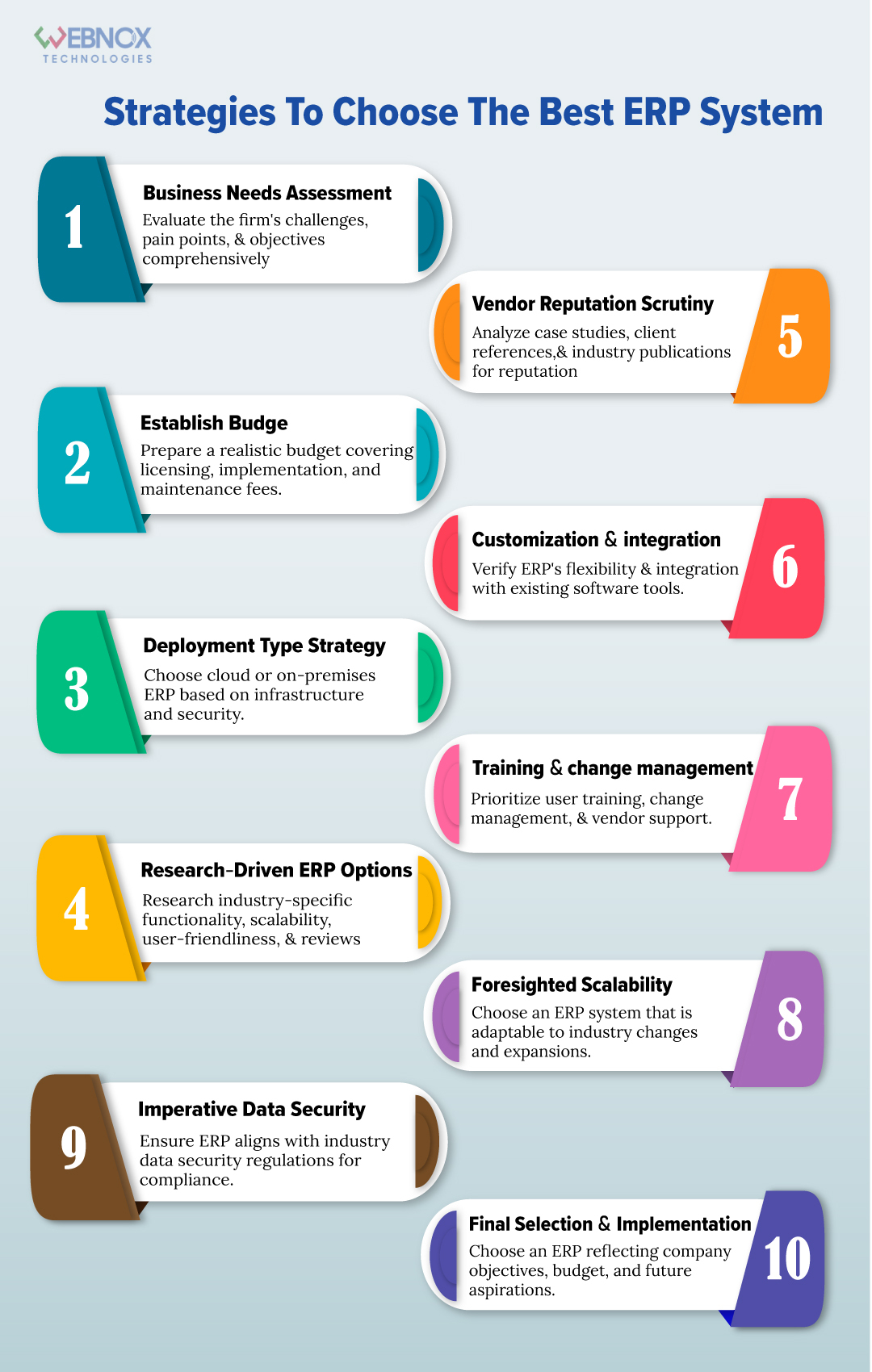
In your journey to select the best ERP software for your organization, several key steps come into play, ensuring that the chosen system not only meets your current requirements but also positions your firm for long-term success.
Step 1: Comprehensive assessment of business needs
Commence your ERP journey by conducting a thorough evaluation of your firm’s unique needs. Dive deep into the challenges, pain points, and objectives that shape your firm landscape. Whether it’s bolstering inventory management, streamlining financial processes, or elevating customer relationship management, gaining a clear understanding of these needs is foundational for a successful ERP implementation.
Step 2: Establishment of a budget
The preparation of a realistic budget for your ERP is the crucial process in selecting the right ERP. Besides the initial investment it is important to understand the overall cost involved in implementing a right ERP. The common costs involved in ERP implementation are licensing fee, implementation fee, maintenance fee so it is important to ensure that your ERP expectation meets your budget.
Step 3: Strategic choice of deployment type
The choice between a cloud-based or on-premises ERP system is multifaceted. Cloud ERP offers advantages in terms of scalability, accessibility, and reduced infrastructure costs, making it an enticing option for many industries. Conversely, on-premises solutions hold greater control over data security and compliance. This choice should seamlessly harmonize with your existing IT infrastructure and your security prerequisites.
Step 4: Research-driven selection of ERP options
The foundation of your ERP selection process is research. Evaluate the many ERP software solutions and carefully consider elements like industry-specific functionality, scalability, user-friendliness, and reviews. Once Evaluated, create a checklist of ERP systems that effectively align with your firm’s size, industry, and every aspect of your specific requirements.
Step 5: Scrutinizing vendor reputation
The usage of ERP software is a part of your enterprise core activity so before proceeding with a particular vendor for your ERP need, analyze case studies, client references, and industry publications to get a complete picture of the vendor’s track record. Excellent customer service is essential in vendor selection so check their responsiveness, domain experience, and the array of resources they offer to get valuable insights over their services.
Step 6: Customization and Integration consideration
Customization and integration capabilities are most important in choosing an ERP. Verify whether the ERP system provides the flexibility to align with your specific enterprise processes. A one-size-fits-all approach often falls short of addressing your specific needs. Furthermore, assess the ERP software’s proficiency in seamlessly integrating with your existing software stack, encompassing CRM systems, e-commerce platforms, and other integral tools.
Step 7: User training and Change management strategy
User training and the complexities of change management, which are often overlooked and critical to the success of ERP installation. A well-trained user base forms the bedrock for maximizing the potential of the ERP system. It’s vital to ensure that the vendor offers a rich array of training resources, comprehensive documentation, and unwavering support. Effectively communicating the advantages of the ERP system to your team is crucial for generating enthusiasm and fostering adoption.
Step 8: Foresighted scalability
Scalability is synonymous with future-proofing your investment. Your chosen ERP system should not be confined to addressing current needs alone, it should also offer the flexibility to adapt to the ebbs and flows of your industry, the enterprise expansion, and the dynamism of technological advancements. The ability to scale is a critical factor to avoid in the situation where your system becomes outdated in a matter of years.
Step 9: The imperative of data Security
Data security in industries is non-negotiable mandates so ensure that the ERP software aligns with the data security regulations pertinent to your industry. Safeguarding sensitive information is not just integral to upholding your venture’s reputation it’s also pivotal in adhering to the legal stipulations that govern your field.
Step 10: The moment of final selection
You went through a process marked by careful assessment, Now prepared to face the time of final selection. The chosen ERP system should reflect your company’s objectives, budgetary constraints, and future aspirations. Sculpting a well-defined implementation strategy that encompasses data migration, user training, and ongoing support is imperative. By constructing a realistic timeline and establishing milestones for the implementation process, you pave the path to ERP success.
By following these steps, you position your organization to select the best ERP software solution that meets your specific demands, boosts productivity, and plots the path to long-term success.
What happens if you fail to choose the right ERP?
An ERP (Enterprise Resource Planning) system can be considered “Inadequate ” for an organization if it doesn’t effectively meet firm needs or if its implementation is mismanaged. Here are some common impacts when an ERP system may be deemed “Inadequate” for a particular situation
Consequences of choosing an inadequate ERP
Selecting an inadequate ERP system can have significant consequences for your firm. These can include:
Wasted time and resources in implementation:
An inadequate ERP system can lead to extensive delays in implementation and substantial financial resources spent on reconfigurations, which could have been better invested elsewhere.
Inefficient processes and workflows:
An ill-fitting ERP can result in suboptimal business processes, causing inefficiencies, bottlenecks, and lost productivity within the organizations.
Poor user adoption and resistance:
Users may resist a system that doesn’t align with their needs, leading to poor adoption rates and decreased enthusiasm for using the ERP.
Lost revenue due to operational disruptions:
Disruptions caused by an unsuitable ERP can result in lost sales opportunities, delayed projects, and dissatisfied customers, ultimately impacting revenue.
Data inaccuracies and reporting issues:
Inaccurate or incomplete data, often stemming from an Inadequate ERP choice, can lead to misleading reports and poor decision-making.
Damaged reputation and customer dissatisfaction:
Mistakes or delays caused by ERP issues can damage a company’s reputation, leading to customer dissatisfaction and potential loss of business.
Explore leading ERP software solutions available in the market
There are several top ERP systems available in the market, catering to a wide range of industries and organization size. Here are some of the best ERP software options to consider:
Webnox ERP:
A custom ERP system development service provider that offers, both horizontal and vertical ERP development. Horizontal development focuses on creating broad ERP solutions that cover a wide range of industries, while vertical development targets specific industries with niche requirements. This ensures that your ERP system aligns perfectly with your enterprise’s unique needs.
SAP Business One:
A cost-effective, all-in-one ERP solution designed by SAP oversees all aspects of your small organization, encompassing accounting, financial management, procurement, inventory control, sales, customer relationships, and comprehensive reporting and analytics.
Oracle NetSuite:
In today’s rapidly evolving industrial landscape, firms are turning to holistic cloud-based business management solutions like Oracle NetSuite ERP to enhance efficiency through the automation of core operations, ultimately leading to immediate insights into both operational and financial achievements.
Microsoft Dynamics 365:
A robust ERP system developed by Microsoft offers a wide range of ERP services to manage finance, manufacturing, and shipping using Microsoft 365 Ecosystem. It provides organizations with a suite of tools to effectively manage their ERP portfolio
Epicor ERP:
Widely recognized for its specialization in delivering industry-specific ERP solutions, Epicor offers a diverse range of systems designed to streamline and optimize operations. With a strong focus on manufacturing, distribution, and retail sectors, these tailored solutions cater to the unique needs of the industries.
Infor Cloud Suite:
As a prominent provider of industry-specific ERP solutions, Infor Cloud Suite is renowned for tailoring systems to meet the precise requirements of a variety of sectors. With a strong presence in manufacturing, healthcare, and public sector organizations, it delivers specialized systems that drive operational excellence.
To summarize, optimizing your ERP selection process is crucial for setting the stage for growth and success. By thoroughly assessing your organization’s specific needs, exploring available options, and making an informed choice, you unlock the potential for significant improvements in operational efficiency, streamlined processes, and enhanced data accuracy. This guide underscores the importance of understanding your unique business requirements, scrutinizing options, researching vendors, and considering customization. Prioritizing factors like comprehensive user training, scalability, and robust data security is essential for achieving success in your ERP implementation journey.
For those ready to enhance your business operations, it’s crucial to recognize that leading ERP software solutions offer a pathway to increased efficiency and productivity. Seize this opportunity to propel your organization to new heights, as the path to success awaits. Set off on the journey towards improved enterprise efficiency and productivity.


